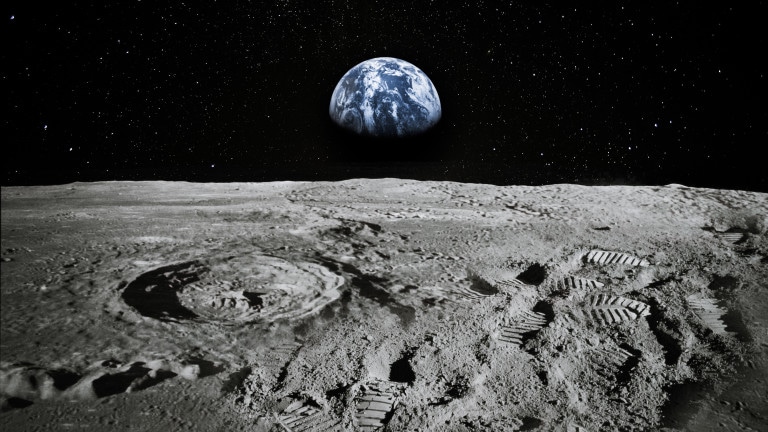The launch of the American mission “Artemis” on the return of the United States to the moon has become known. The first test flight of the Space Launch Systems heavy carrier rocket with the Orion spacecraft to the orbit of a natural satellite of the Earth took place in 2022. Artemis is the first step in the next era of human exploration. Together with commercial and international partners, NASA will establish a sustainable presence on the Moon to prepare for missions to Mars.
“If the rocket is launched in the first half of this period, the mission will be considered a so-called long mission. It will last about six weeks, during which the spacecraft will spend more time in retrograde orbit. to prepare for the subsequent descent and splashdown, “said National Aeronautics and Space Administration (NASA) spokesman Mike Sarafin.
If the rocket is launched later, in the second half of the allotted period, the mission will be considered short and will last four weeks, he added.
Orion is already docked on top of a launch vehicle at the Kennedy Space Center at Cape Canaveral, Florida. The height of the entire system reaches 98 meters. The final phase of preparation for the upcoming uncrewed flight around the Moon is in progress. The test flight should demonstrate the readiness of the SLS rocket and Orion spacecraft for a manned mission.
The Artemis program was unveiled in September 2020. Its main goal is the return after 55 years of man to the natural satellite of the Earth, the construction of a lunar station and the preparation of conditions for the possible colonization of the Moon in the future. The first launches and cargo missions were planned for 2021. However, last year NASA suspended work on the project due to the coronavirus pandemic.
The US National Aeronautics and Space Administration (NASA) has presented the “Pact of Artemis” – an agreement between space nations on the rules for the exploration of the moon and other space objects.
In a short release on the agency’s official website, it is noted that cooperation between states within the framework of the agreement will be based on principles that ensure a “safe, peaceful and prosperous future.”
Participation in the agreement implies open and transparent information about the space policy pursued by countries and their plans. The parties will commit to “publish their scientific data so that the whole world can benefit from the research and discoveries that will be carried out during the Artemis program.”
The pact notes the importance of protecting historic sites and artifacts in space, as well as the need to preserve a safe environment. The latter implies the reduction of space debris in near-earth space and the timely disposal of man-made space objects after the end of their missions.
Among the basic principles of the agreement are listed, including provisions on the extraction of resources on the moon and the idea of creating so-called security zones, which should prevent “harmful interference”.
“The ability to mine and exploit resources on the Moon, Mars and asteroids will play a key role in supporting safe and sustainable space exploration and development,” the statement said.
In addition, the agency noted that as part of the lunar program, NASA plans to land on the surface of a natural satellite of the Earth “the first woman and one more man.”
“This is a new beginning for space exploration! Today I am honored to announce the Artemis Pact, which establishes a common vision and set of principles for all international partners who will join in the return of humanity to the moon. We are going together,” tweeted “Agency Director Jim Bridenstine.
Implementation of the Artemis program will require additional programs, projects, and commercial launchers to support the construction of the Gateway, launch resupply missions to the station, and deploy numerous robotic spacecraft and instruments to the lunar surface. Several precursor robotic missions are being coordinated through the Commercial Lunar Payload Services (CLPS) program, which is dedicated to scouting and characterization of lunar resources as well as testing principles for in-situ resource utilization.












